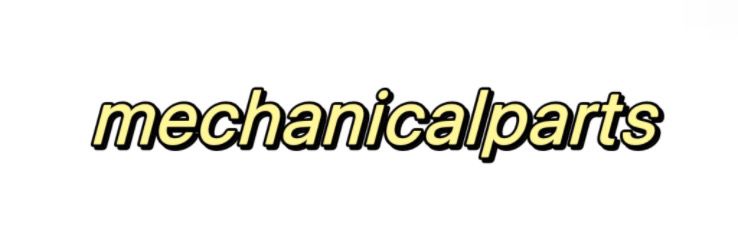Polyester Screen Printing Mesh: Top 5 Questions Answered for Perfect Prints
Polyester screen printing mesh is a popular choice for creating high-quality prints on various fabrics. Whether you are a beginner or an experienced printer, understanding the right mesh type, ink, and techniques is crucial for achieving professional results. Here, we answer the top 5 questions that users commonly ask about polyester screen printing mesh.
1. Does the mesh count or color (yellow vs. white) affect exposure time?
Yes, the mesh count and color can significantly impact your exposure time. Polyester mesh comes in different counts, such as 110, 156, 160, and 230. Lower mesh counts allow more ink to pass through, making them ideal for bold designs, while higher mesh counts produce finer details but require more precise exposure.
The color of the mesh also matters. For instance, yellow mesh is slightly opaque and may require longer exposure times compared to white mesh. Testing your exposure with a small section before committing to a full print is always recommended.
2. Which mesh count is best for printing fine details like halftones and small text?
For intricate designs with small text, thin lines, or halftone patterns, a higher mesh count is preferred. Counts like 230–305 mesh allow for finer ink deposits, ensuring sharp edges and detailed prints.
Lower mesh counts (110–156) are better for bold designs or heavy ink coverage but can cause fine details to blur. Choosing the right mesh depends on both your design complexity and the type of ink you plan to use.
3. What type of ink works best on polyester fabric to prevent dye migration?
Polyester fabrics can be challenging because dyes may bleed into the ink, affecting the print’s appearance. To prevent this, use inks formulated for polyester, such as polyester-compatible plastisol or water-based inks.
Some printers also use a clear base layer to block dye migration, ensuring bright whites and vibrant colors. Always check the manufacturer’s guidelines and test a small sample before large-scale printing.
4. How can you successfully screen print on polyester mesh or athletic shorts?
Printing on polyester mesh or athletic fabrics requires some adjustments. These fabrics are often lightweight and breathable, which can cause ink to spread or dry unevenly. Some tips include:
Use a polyester-compatible ink that adheres well without bleeding.
Consider UV-cure or water-based inks for better control.
Adjust your squeegee pressure to avoid excessive ink passing through the mesh.
Test on a small piece first to fine-tune your technique.
With the right approach, even tricky mesh fabrics can yield professional-quality prints.
5. Is there a “best” mesh count, or does it depend on the design and ink?
There is no single “best” mesh count. The choice depends on your design, fabric, and ink type. For general-purpose printing, 156–160 mesh is commonly used, providing a balance between ink coverage and detail.
For detailed artwork or small text, 230–305 mesh is better. Conversely, bold, large prints work well with 110–140 mesh. Always consider testing multiple mesh counts to see which gives the best results for your specific project.
Conclusion
Choosing the right polyester screen printing mesh, mesh count, and ink is key to achieving professional results. By understanding how mesh type, color, and count affect exposure and detail, and by selecting inks suited for polyester, you can print vibrant, long-lasting designs even on challenging fabrics. Testing and experience are essential—every project may require slight adjustments for the best outcom
Next
None
If you are interested in sending in a Guest Blogger Submission,welcome to write for us!




Comments
0